Set in the world first introduced in the Pillars of Eternity series, the action RPG Avowed tells an epic story about an Envoy and their loyal companions exploring the dangerous Living Lands in search of more information about – and possibly a cure for – the devastating Dreamscourge plague. Avowed’s development team worked to weave a rich tale that draws inspiration from Pillars while telling a completely original story that takes players through the world of Eora in a way they’ve never seen before.
Game Rant spoke to Avowed’s senior narrative designer Kate Dollarhyde and area designer John Cotto about the inspirations behind Avowed’s story, what it was like to recreate Eora in a new style, and how the Envoy is both similar and different to Pillars of Eternity’s Watcher. They discussed the origins of the Dreamscourge, recreating creatures and enemies in a non-isometric style, whether or not the game featured “evil routes,” and much more. This transcript has been edited for clarity and brevity.
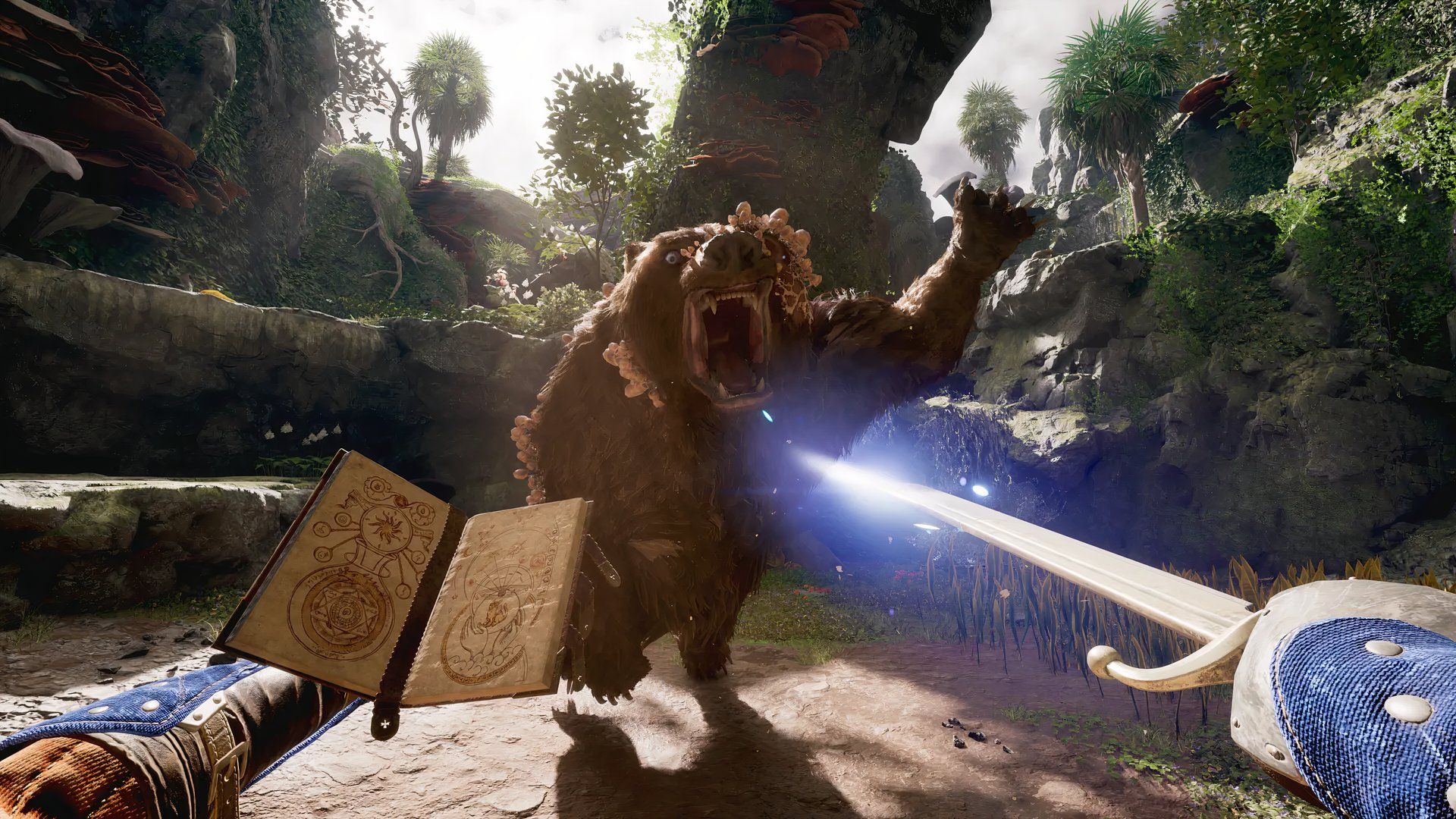
Related
Xbox and RPG Fans Could Be in for a Huge One-Two Punch Very Soon if Rumors Are True
If recent rumors are to be believed, then the release of Avowed is only the start of an exciting year for Xbox and RPG fans.
Avowed’s Dreamscourge Shapes Its Story Of Change
Q: What is the central theme at the heart of Avowed’s story?
Dollarhyde: Change is at the heart of Avowed. In the time of Avowed, the world of Eora is in flux. The events of Pillars of Eternity: Deadfire are not yet widely known, but the world is just beginning to feel their effects. A divine storm, Ondra’s Mortar, that once divided the eastern half of the world from the western half is gone now, opening new opportunities for trade and conflict. The great empires of Eora are in decline. Their colonies are revolting, seeking independence, and becoming powerful forces in their own right, while at home, civil conflicts threaten to erupt into war.
New technology in the form of animancy, the science of souls, is broadening the horizons of innovation — and cruelty. The gods, who plan on the scale of centuries, are making moves to secure their relevance, perhaps even their existence. It’s an unsettled time in a restless world, and few are content to sit idly by and let the future happen to them.
At the center of this turmoil is the Living Lands. A wild island fortuitously located between west and east, it’s a place where the rejected and eccentric people of the world have come to strike out on their own – with the Aedyran Empire, eager for a renewed foothold in this shifting global order, following fast on their heels. But the Living Lands are also in flux. The land is revolting against the settlers in the form of the Dreamscourge, and the settlers are catching the soul plague and turning on each other. The small settlements dotted across the island are isolated and withdrawn. The people who don’t have the Dreamscourge are haunted by the lives they left behind and what they’ve endured to survive. And the land, they learn, is haunted, too.
Despite this strife, there exists in the Living Lands a desire to discover, a yearning to connect. Would we be stronger together? Could we grow into something new? How the people of the Living Lands – and the Envoy – endure change and the choices they make to survive in the Living Lands reveals their values. It reveals who they are. Change poses challenges, and no one, least of all the Envoy, comes out of it untouched.
Q: What were some of the inspirations behind the idea and nature of the Dreamscourge?
Dollarhyde: The Dreamscourge came out of early conversations Carrie Patel and I had when we were first brainstorming Avowed. We knew we wanted the story of Avowed to follow the structural trend established in Pillars of Eternity and Pillars of Eternity II: Deadfire, the previous games set in Eora, so the game would have three interwoven story strands – the political story, the metaphysical story, and the player’s personal story, where all the story strands met.
With that understanding as our guide, we looked to the lore to find our metaphysical story strand. In the world of Eora, the Living Lands is known as a strange, wild, and uncontrollable island where plants and animals grow and change in mysterious and sometimes frightening ways. What if the more unruly and dangerous changes taking place on the island were caused by some malady of the soul? COVID-19 had just begun to spread, and we were all working from home. A plague seemed like a natural, even cathartic idea to explore then.
From there, we looked at stories that would help us think through and convey this vision for the Dreamscourge. Princess Mononoke was an early touchstone, particularly the demon boar and the forest spirit. Annihilation, both the novel by Jeff VanderMeer and the movie directed by Alex Garland, came up early and often, as did Ovid’s Metamorphoses. (“I want to speak about bodies changed into new forms,” Book 1 begins.) I also took inspiration from Samuel R. Delany’s novel Babel-17, about an infectious language that alters those who learn to speak it by changing how they think, and the novel Embassytown by China Miéville, which was itself inspired by Babel-17, about an alien language that requires its speakers to speak two words at once, with one mind.
We also looked to the natural world for inspiration. The zombie-ant fungus, Ophiocordyceps unilateralis, helped us find the Dreamscourge’s visual representation, and Pando, a quaking aspen made up of nearly 50,000 individual stems that appear to be individual trees all connected by one root system helped us explain the concept of the Dreamscourge. When it came to exploring how Dreamthralls, people infected by the Dreamscourge, experience their affliction, we looked to sleep paralysis, sleepwalking, nightmare disorder, and other parasomnias that collectively lent the Dreamscourge its name.
Q: How does the Dreamscourge influence gameplay?
Dollarhyde: The Dreamscourge is a serious threat throughout the game, and the player will see and experience the Dreamscrouge’s effects across every region of the Living Lands. The Dreamscourge is what the Emperor of Aedyr sent the Envoy to investigate, so it’s the reason the Envoy begins their adventure in Avowed, and it also serves as the jumping-off point for several main and side quests.
Many of the residents and creatures of the island are infected with the Dreamscourge, which has caused them to become violent, so the player will encounter many Dreamscourged enemies who have developed unique abilities because of their affliction. The Dreamscourge has also infected the landscape of the island – the plants, stones, and soil – which has had a dreadful impact on the wild spaces of the Living Lands. Much like the island’s people, the Envoy will find the Dreamscourge nearly everywhere they turn – and some places they might not expect. Its effects are inescapable.
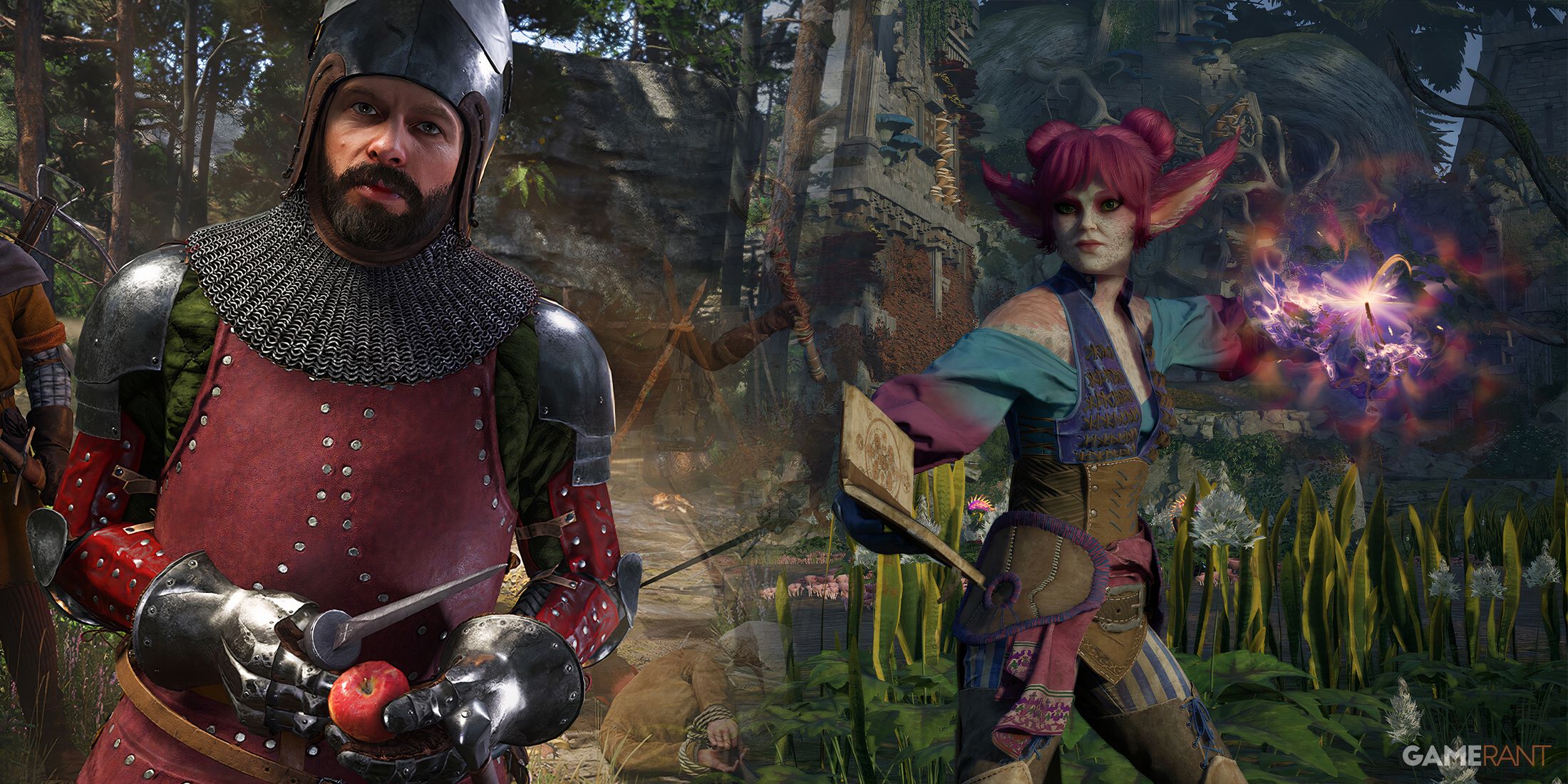
Related
Avowed and Kingdom Come: Deliverance 2 Are Two Sides of the Same Coin
Avowed and Kingdom Come: Deliverance 2 may be two different games in one big way, but beneath the surface, they offer a very similar experience.
Many Choices Await Players In Avowed
Q: Overall, how would you describe Avowed’s approach to choices and consequences?
Dollarhyde: Avowed carries on the tradition of choice and consequence established in the Pillars of Eternity series and the traditions established in all of Obsidian’s RPGs. Player choice is at the core of how we design our games, and it’s at the core of Avowed. If all of us at Obsidian had to choose one guiding value as game designers, it would likely be player choice. This concept guides our planning, creation, and iteration, and when we’ve gotten off track, asking ourselves, “Are we letting the player play their way?” is what refocuses us on what matters.
To me, this question is the heart of the best RPG experiences. It’s why we design RPGs instead of other types of games. It all goes back to our roots as tabletop players and designers, to that level of freedom we had at the table to do whatever we felt was right for our character whenever we wanted.
Q: How does Avowed balance more intimate choices with larger-scale ones? Would you say it leans more one way or the other?
Dollarhyde: Broadly, there are more intimate choices than larger-scale ones. The Envoy will make countless choices across the game, and categorizing them can be a little more slippery than you’d expect! When designing the main and side quests in Avowed, we tended not to think of the number of choices but about the impact and the scale of the reactivity. What does this quest change in the short term? The medium term? The long term?
Does a decision made early in the quest change what the player can do at the end? Does it impact where the character who gave them the quest ends up? Does it feed into the main quest, or return in some way at the end of the game? Some choices that may appear limited or localized will turn out to have a big impact. Smaller choices compound over time, and those decisions impact the choices available to you in the end.
Q: How do companions factor into Avowed’s choices?
Dollarhyde: The Envoy’s companions – Kai, Marius, Giatta, and Yatzli – are all from the Living Lands, and they have deep attachments and commitments to the various settlements they hail from. They all have a vested interest in what the Envoy does during their time in the Living Lands. They’re invested in the Envoy’s choices. In practice, this means they have a lot to say, both in the moment as you’re making choices and afterward, back at camp. They’re curious about why the Envoy made the decisions they did, and they want to share their point of view – some of them more confrontationally than others!
Occasionally, the Envoy will also have the chance to turn to them for counsel, to ask them what they think the Envoy should do. But ultimately, the final choice always rests with the Envoy. As an agent of the emperor in the colonial frontier, they have the most power to make change and the greatest responsibility.
Q: Compared to past Obsidian titles, how difficult would you say the choices are in Avowed?
Dollarhyde: The Pillars games were our first and primary touchstones when we began designing Avowed, so we made it our mission to put the Envoy in as many difficult situations as we put the Watcher. We hope players familiar with Obsidian’s previous games, who have enjoyed the factional gameplay and moral complexity of our worlds and storytelling, will find themselves in familiar territory with Avowed.
Q: How did you approach balancing Avowed’s more humorous aspects and tones with its more serious ones?
Dollarhyde: Tone is always a difficult balance to strike. When we set out to define Avowed’s tone, our first consideration was how we wanted the game to feel. Do we want this to feel like a grim and gritty struggle? Like an irreverent romp? Ultimately, we looked to Pillars of Eternity II: Deadfire, the previous game set in Eora, as our guide. Many of the Avowed team worked on Deadfire, so finding that tone again was natural for us.
In both Deadfire and Avowed, we aimed to make a world that felt grounded and real. We wanted the stories in Avowed to deal with real things, things that would be relevant to the people of Eora and our players in the real world – stories about connection, loyalty, family, finding your place in the world, learning about who you are and what you value through the decisions you make. That meant there would be darkness, bitterness, and grief, but also pleasure, levity, and delight. In approaching all these feelings, we strove to let them just be what they are – let the serious moments be serious, let the light moments be light while trying not to let ourselves tip too far in one direction.
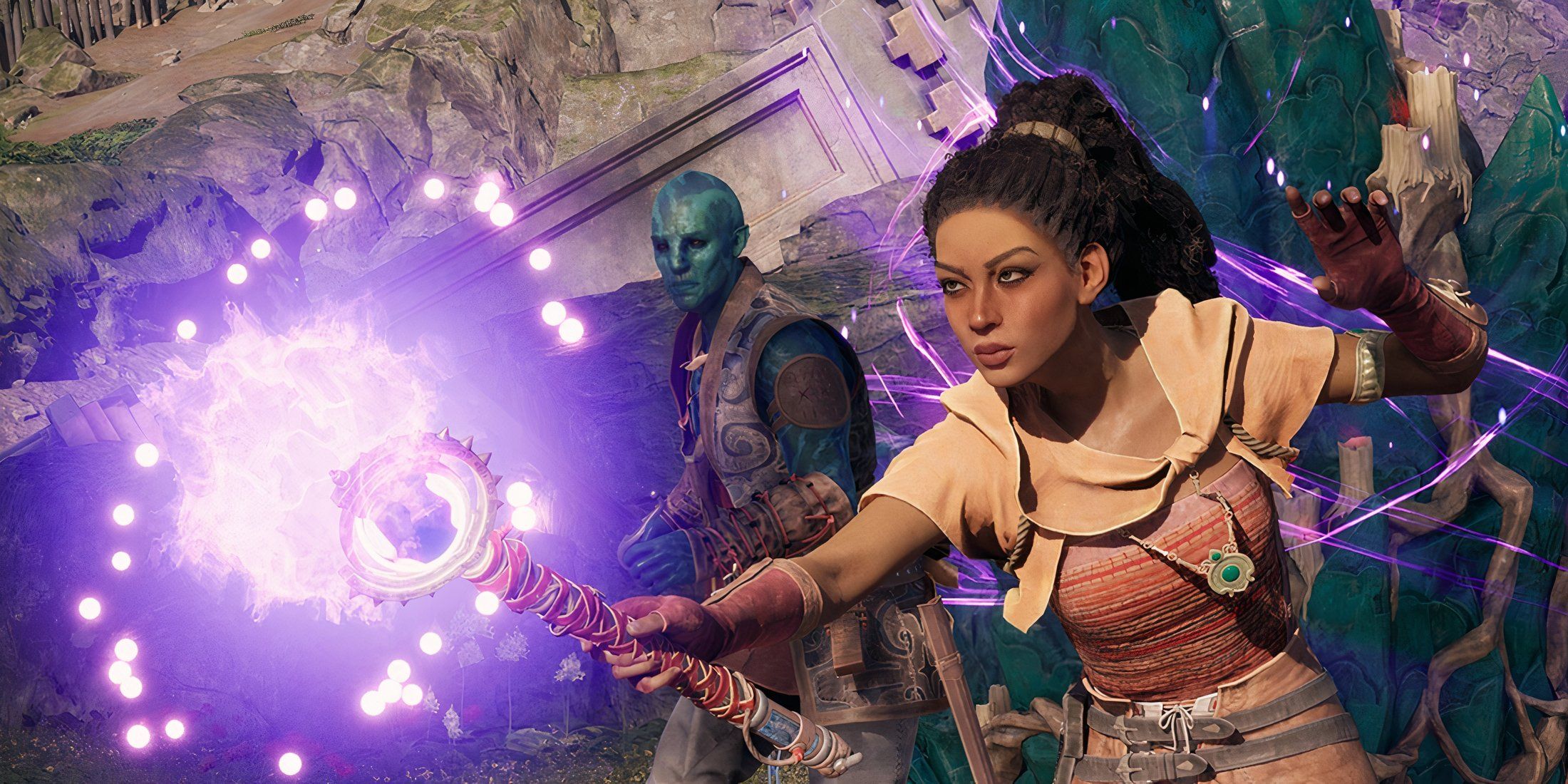
Related
Elder Scrolls 6’s Story Could Break Tradition by Starting More Like Avowed Than Skyrim, Oblivion
The Elder Scrolls 6 should look to Avowed as inspiration for a creative twist on an iconic part of The Elder Scrolls’ storytelling tradition.
Creating An Envoy And Choosing Their Fate
Q: Can you talk a little bit about the creation of The Envoy? How did you originally conceptualize the player character, and how did that change over time?
Dollarhyde: In the earliest days of Avowed, before we even had a plot, we knew a few things: we wanted to set the game in the Living Lands, we wanted the story to feel structurally and thematically cohesive with the previous Pillars games, and we wanted to have a blank-slate player character that the players could define for themselves, similar to the Watcher from the first Pillars game. This was how we’d been designing our player characters at Obsidian for years.
However, as we began developing our political and metaphysical stories, we got stuck. The two story strands we were working with didn’t have great ways to hook into each other, even though they were related. They lacked a center for the strands to braid around, and the player was missing a strong call to adventure. Clearly, we needed a more defined player character. This structure had worked for our previous games, so why wasn’t it working now?
I think it was because the story we wanted to tell was, in some ways, about power — imperial power, specifically, but also personal power and change. Accidents can catalyze change, but the power of the empire needed someone to wield it, to grapple with it, and to be subject to it. The player character needed to be pulled in two directions and to have their loyalties divided. Power that puts you in that position isn’t really acquired by happenstance.
To tell the story we wanted to tell, the player character couldn’t be someone who wandered off a boat and was suddenly invested with a great destiny. They needed a role that afforded them privileges, responsibilities, and allegiances. They needed a context to operate within and a point of view to start from, so that the people of the Living Lands had a reason to care about why the player was there – and a reason for the player to care, too. Enter the Envoy, agent of the Aedyran empire. What would they do in the emperor’s name?
Q: Can you discuss the character backgrounds for an Envoy? How were each designed, how do they impact later dialogue, and what kind of player fantasy does each one serve?
Dollarhyde: Once we knew the role the player character would play within the empire, it quickly became clear to us that there were only a few types of people the player character could reasonably be. Though Aedyr is a fairly cosmopolitan place, for example, the power in Highcrown, the imperial seat, is predominantly held by humans and elves. So, as a member of the emperor’s court, it made sense for the player character to be a human or elf.
We also knew that the player character would have been close to the emperor, something of a young protégé to him, perhaps even a ward of the court, which meant that the player would have needed to do something in their past that could have brought them to the emperor’s attention. What would catch an emperor’s eye? Here’s where we homed in on our backgrounds: Noble Scion, War Hero, Court Augur, Vanguard Scout, and Arcane Scholar. I don’t want to take the surprise away from players, so I’ll say that each background has a reason for drawing the emperor’s attention, a reason he saw a use for them – beyond the player’s godlike nature.
Q: While a lot is left to player choice, how would you compare the basic elements of The Envoy and Pillars’ Watcher?
Dollarhyde: At a high level, the Envoy and the Watcher are both outsiders to the settings where their stories take place, and they both have personal and metaphysical stakes in what’s happening there. Their unique knowledge and abilities eventually put them into positions of power, where they’re charged with making decisions that affect other people’s lives.
Their stories diverge in the details, though.
The Envoy is a political representative of the Aedyran empire, invested with power and responsibility in their role as the emperor’s envoy and all the potential moral complication that entails, while the Watcher is initially a settler who’s arrived in an Aedyran colony to make a new life, and who later becomes a divine bounty hunter for Berath, the god of death. The Envoy was touched by a mysterious god at birth and gifted with a divine connection and unique spiritual powers, while the Watcher suffered a traumatic event that allowed them to speak with the dead, eventually earning them the gods’ attention. How the Envoy and the Watcher feel about their roles and ultimately choose to wield their power is up to the player to decide.
Q: How viable is being “evil” in Avowed? Are there evil endings?
Dollarhyde: You can absolutely be an evil jerk in Avowed, and if you choose to go that route, it can result in some devastating outcomes at the end of the game. Though evil routes can be time-consuming to plan for and implement (particularly considering how few people actually play them!), we design them because we believe they’re a vital element of player freedom. I feel that heroic options don’t mean much if the player isn’t tempted to also be a villain. An evil route gives the heroic route weight.
Q: Are there any “funny” endings like the low-intelligence “crash The Hope into the sun” ending of The Outer Worlds?
Dollarhyde: You can make some choices throughout the game and, in the end, that can have some shocking or unintended consequences, for certain. Choices that result in an early game-over or absurd outcome are an Obsidian tradition at this point!
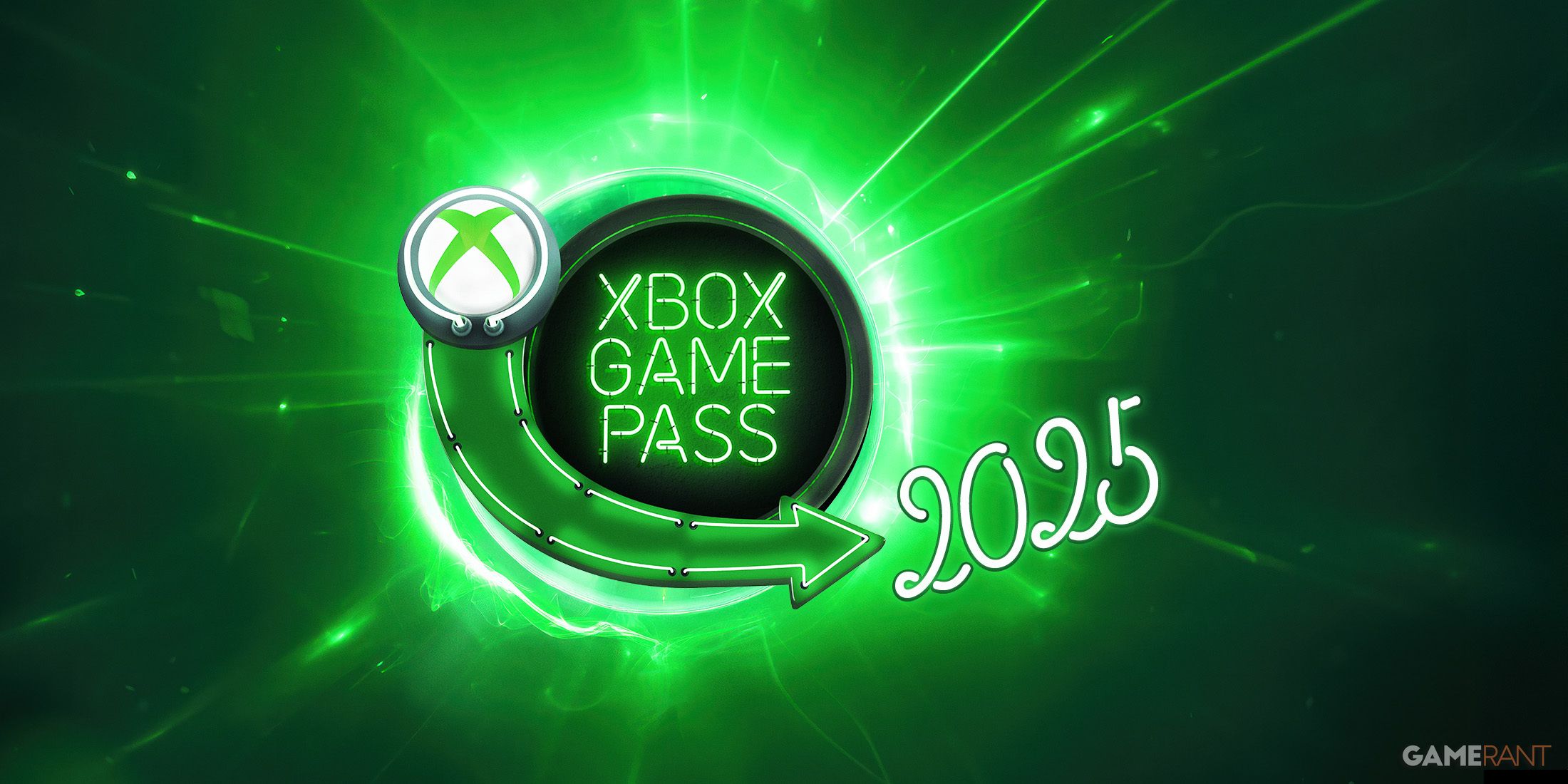
Related
What to Expect From Xbox Game Pass in 2025
2024 has been a good year for Xbox Game Pass, and if everything goes to plan, 2025 could be an even bigger year for the subscription service.
Recreating The World Of Eora In Avowed’s New Style
Q: In a previous interview, I spoke with director Carrie Patel and art director Matt Hansen about bringing creatures from the isometric Pillars of Eternity games into Avowed – and I think about Hansen’s answer around the Sporelings every day. Can the team share more odd, fun, or otherwise surprising elements of translating the isometric elements of the franchise into a first-person/third-person RPG?
Cotto: One of the more fun elements of translating some of Eora’s bestiary from an isometric game to a first-person one was scale. In an isometric game, it can sometimes be hard to wrap one’s head around the size difference between the player and the creatures they fight. Seeing these same creatures in first-person makes such a difference. Beetles the size of rhinoceroses are much more daunting when staring them down from eye level, and xaurips are a lot more intimidating when the larger members of their species stand nearly eye-to-eye with the player.
Aside from sheer size, we had to ensure that anything the player fought could clearly telegraph its intent. Was it going to attack, cast a spell, or go on the defensive? In the Pillars games, this information was mostly conveyed in the action bars above each creature the player was fighting. This was noticed most heavily with blights, creatures composed of mostly elemental matter. A floating orb of fire launching attacks at the player didn’t require much by way of animation in the isometric games, but in Avowed these creatures are much more dynamic as they telegraph their actions in combat.
Q: Similarly, were there any fun realizations when bringing the Living Lands to life in Avowed? What was that overall process like?
Cotto: The Living Lands is a place of mystery and intrigue from which many wild legends and dubious rumors are spawned. Much of the information about the Living Lands presented in the Pillars series is speculation or otherwise unproven, so being able to decide what was fact or fiction about this strange continent was a fun challenge. Unsurprisingly, much of the weirdness about the land was rather exaggerated in the tales people told of it, so players familiar with what has been presented about the Living Lands from previous titles may find that the continent is not quite as wild and wacky as may be expected. That isn’t to say it doesn’t have its fair share of mysteries and surprises, though.
Q: Can you discuss the design goals among Avowed’s open zones/regions? What did they add to fleshing out the setting?
Cotto: Each region needed to be distinct. The Living Lands is known to have drastically different biomes existing near each other. This can be seen as the player travels from the relatively peaceful coasts of Dawnshore to the harsh deserts of Shatterscarp and beyond. Though the continent is rather separated from the rest of the world, fans of the setting may find familiar concepts and cultures presented in new ways. For example, what happens when a group of brilliant self-exiled animancers found a settlement deep in the wilds of the Living Lands? You’ll need to play to find out!
Q: Are these regions similar in size or are they each distinct in size? What goal does either of these serve?
Cotto: Each of the game’s main regions is roughly comparable in size, though there is some disparity. Despite this, the way each region is laid out differs pretty drastically. While one region may be more of a wide, open expanse, another may be significantly more jagged with sharp cliffs and rockfaces dotting the landscape. This further ensures that each region’s experience is unique from the others.
The Godlike And The Godless – Inhabitants Of The Living Lands
Q: Unlike The Watcher, The Envoy has to be a Godlike. How are the Godlike generally treated in The Living Lands? Without going into spoilers, can you talk about the significance of the player being Godlike?
Cotto: Like anywhere else, Godlike are met with mixed reactions. Some people believe they are individuals blessed by the gods, while others are distrustful if not outright hostile towards them. The Living Lands’ population of outcasts, exiles, and vagabonds don’t care one way or another. Godlikes have been far less common across Eora since the Deadfire Incident, so people may be surprised to encounter one.
Q: On the other end of the spectrum is the Godless, who previously lived in The Living Lands. Can you shed a little more light on their lore and the role they play in Avowed?
Cotto: It’s difficult to talk about the Godless much without spoiling anything, and there is little known about them by most residents of the Living Lands anyway. Their ruins dot the landscape, but otherwise, hardly a trace of them remains. The one detail people have observed about them is that they do not show any signs of worshipping the pantheon of Eora—they seemed to be “godless.” Beyond that, their origins are as mysterious as their sudden disappearance centuries ago.
Q: Overall, what did each of you enjoy most about fleshing out, expanding, or adding to the world of Eora with Avowed?
Cotto: Having worked on Deadfire previously, it was an absolute delight to reference events and themes from that game as well as Pillars 1 in Avowed. Some fans of the Pillars series may recognize some pretty deep cut references to characters, places, and events. Some of these references are pretty upfront, but others are a bit more obscure, and I can’t wait to see what players discover.
[END]
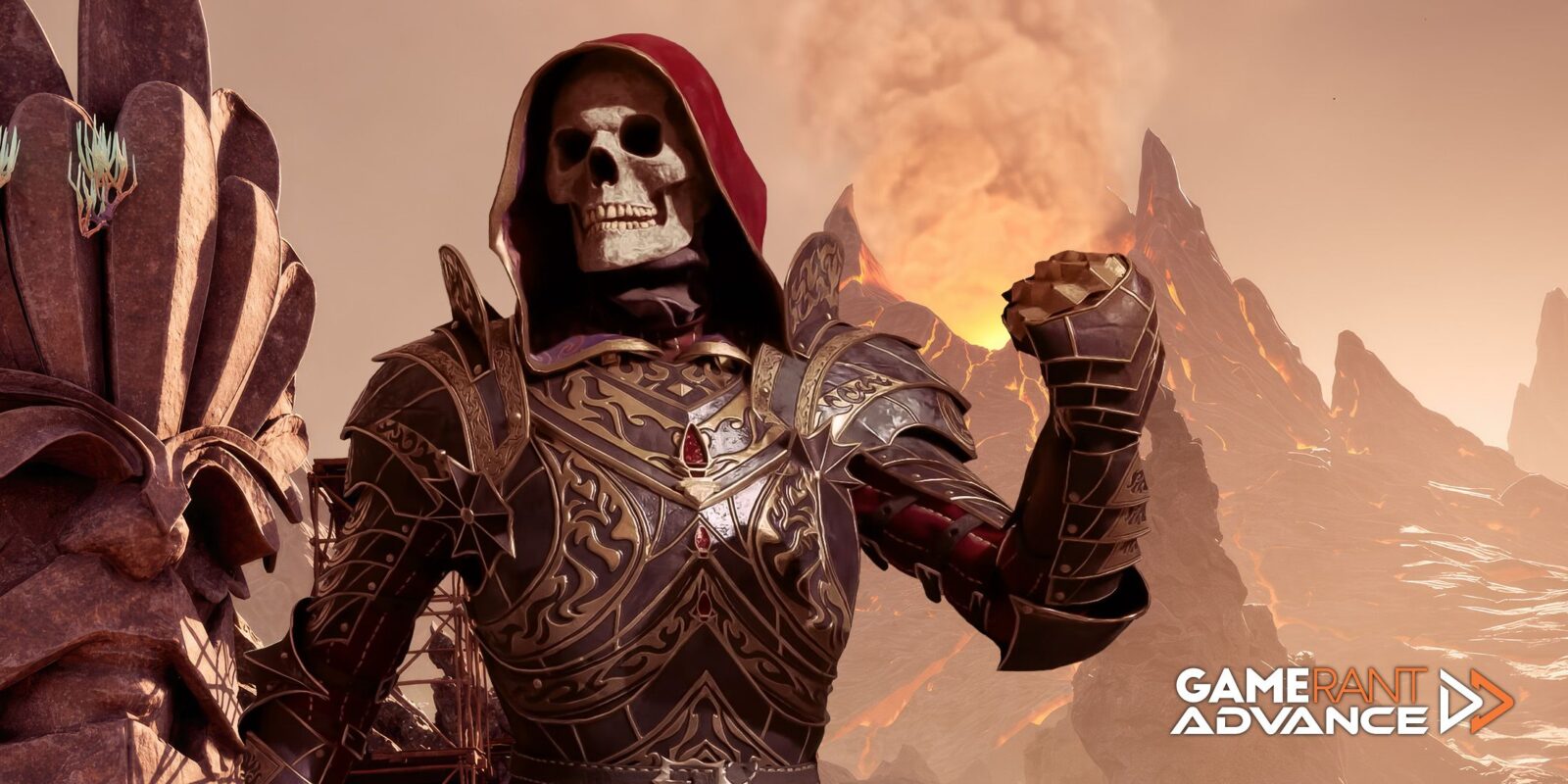
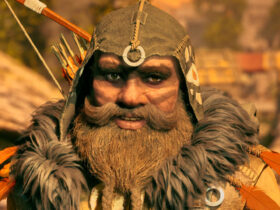
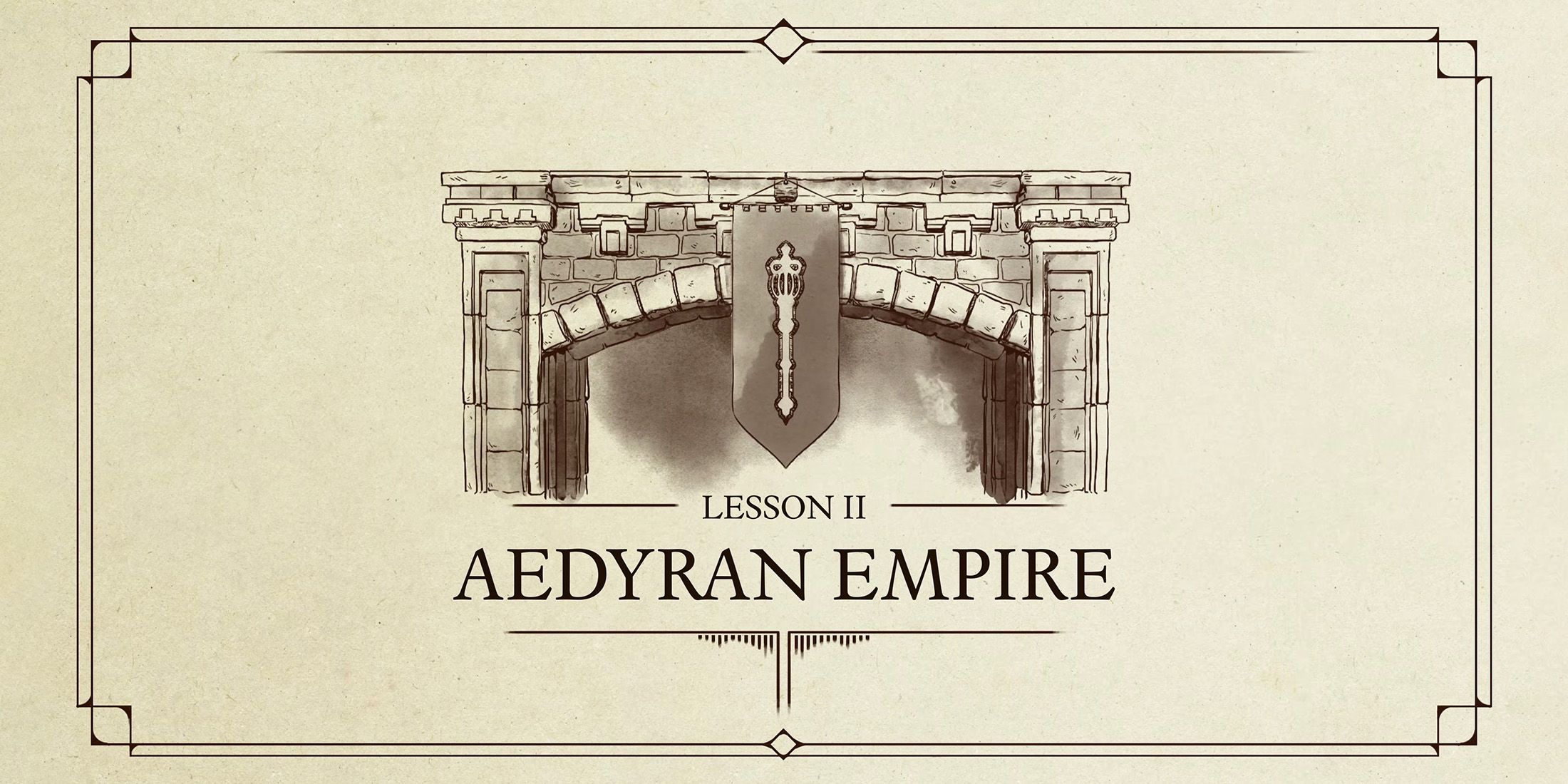
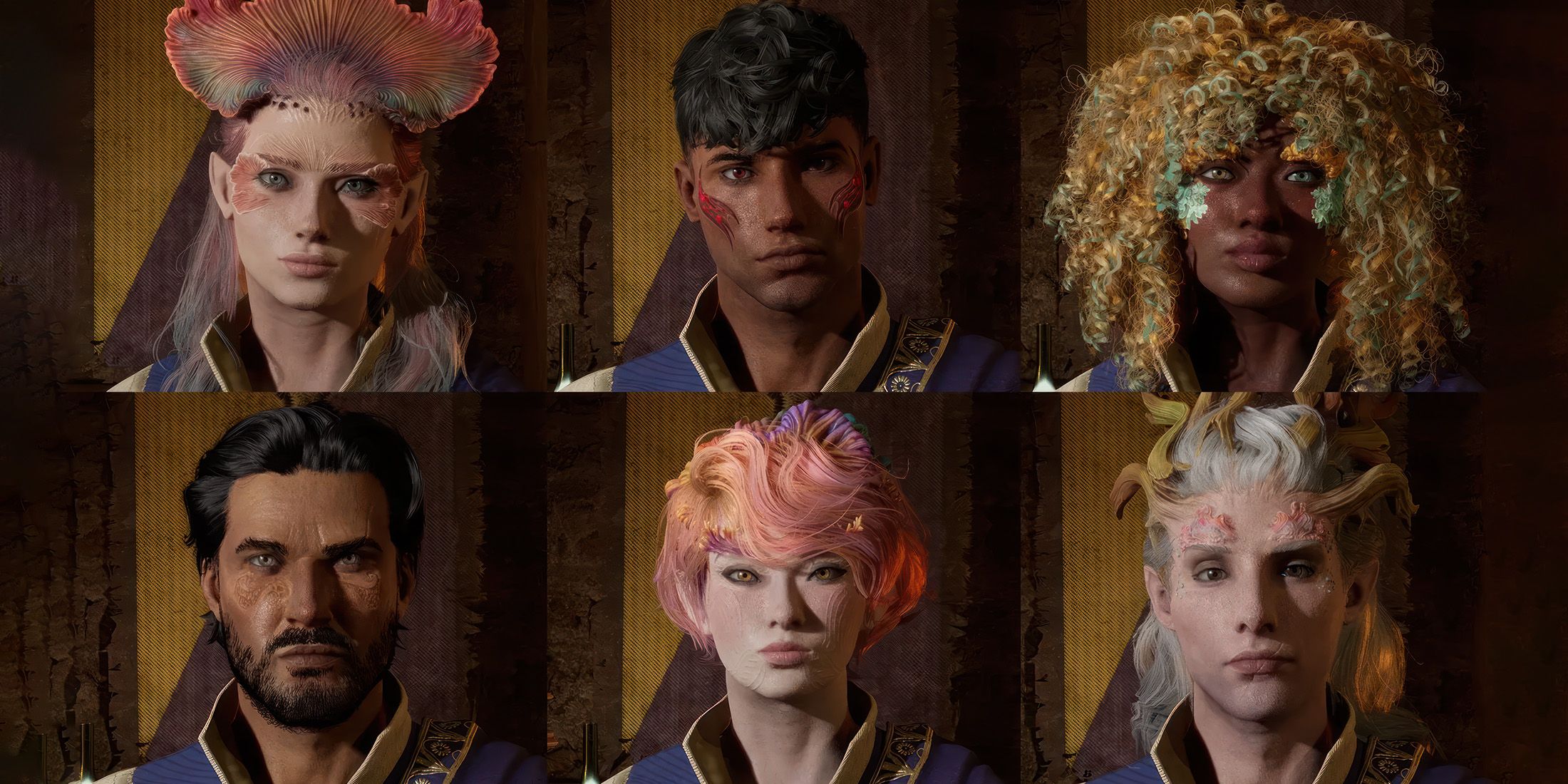
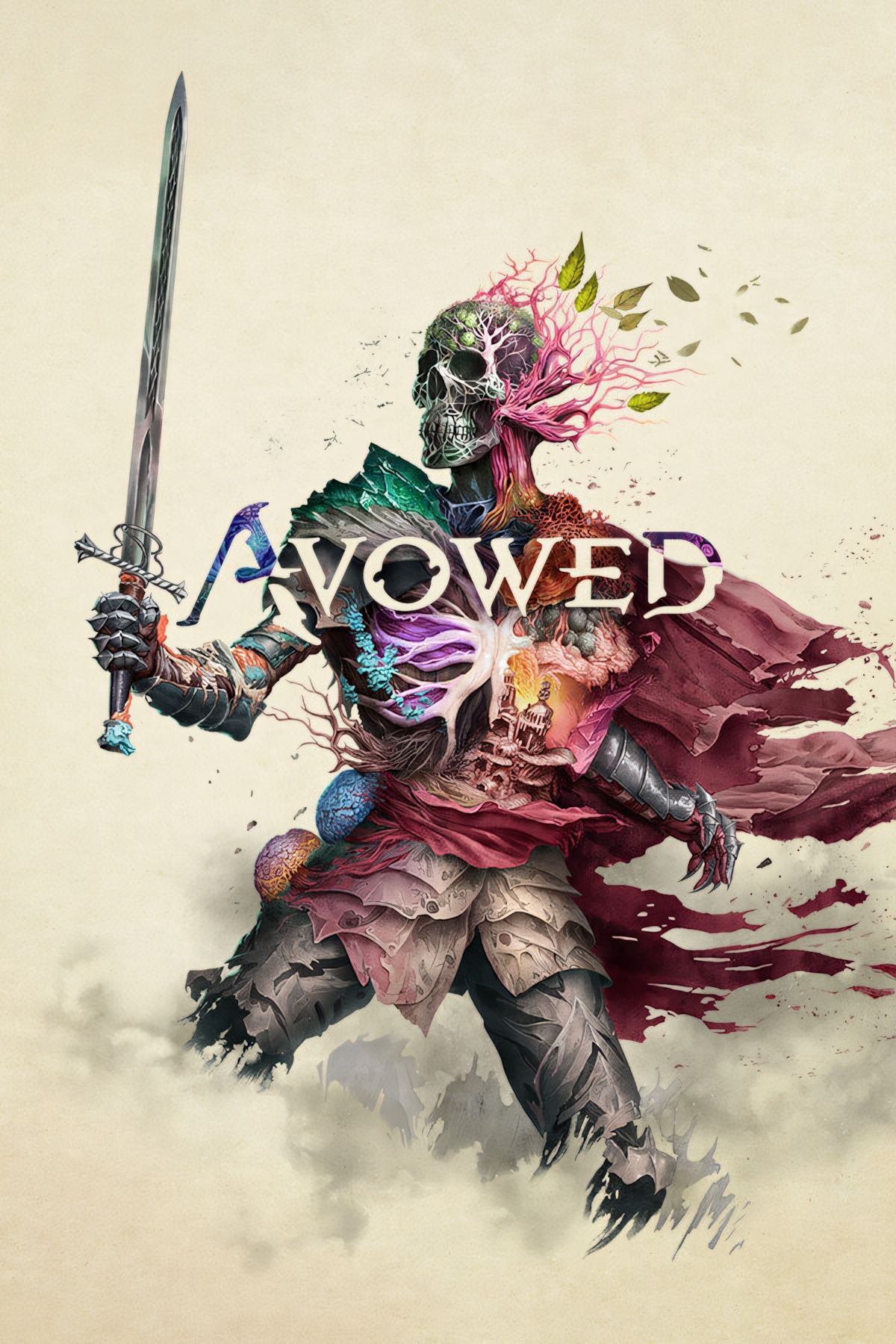

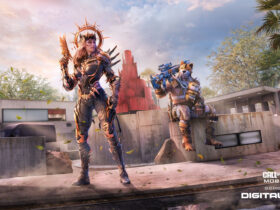
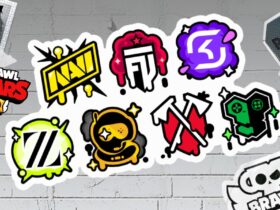
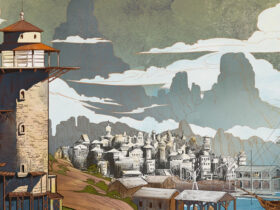
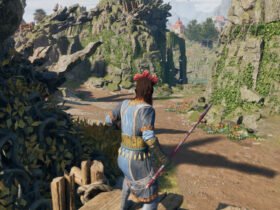
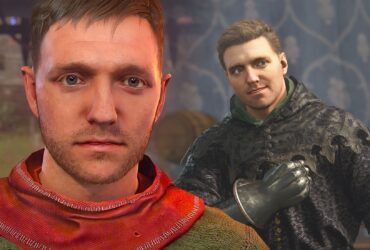
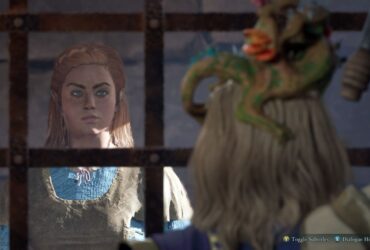
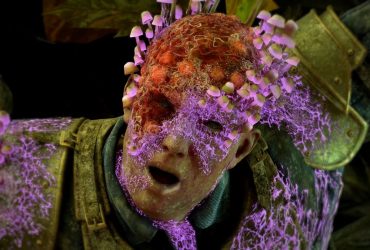
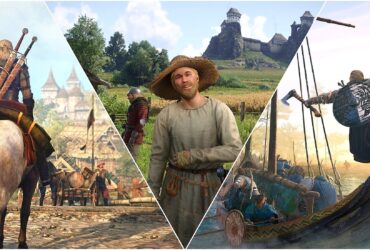
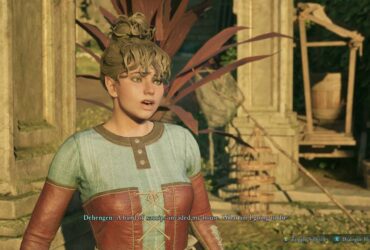
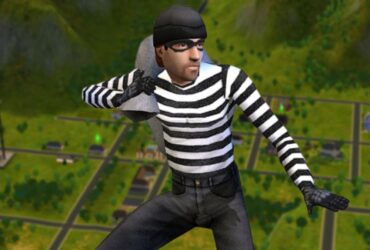
Leave a Reply